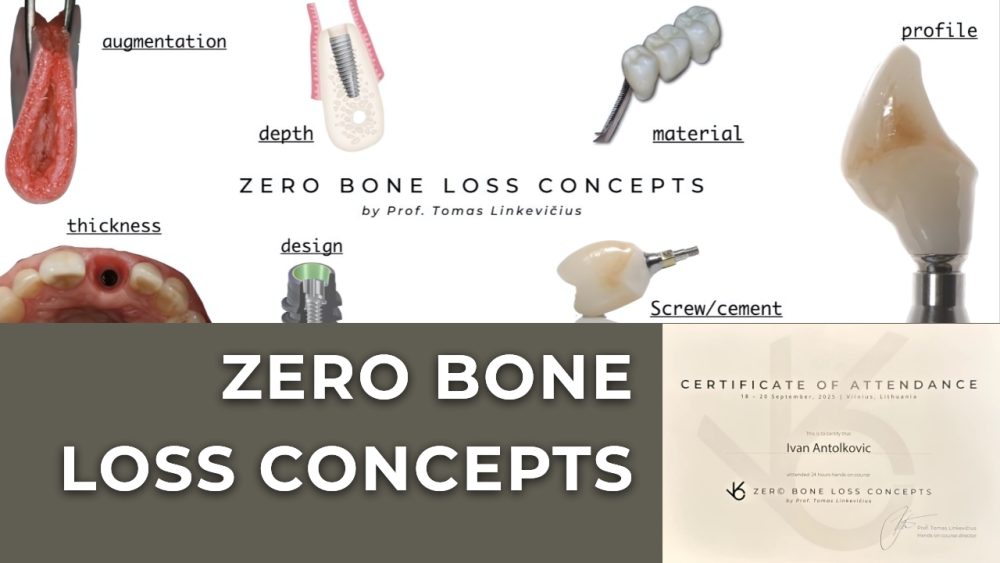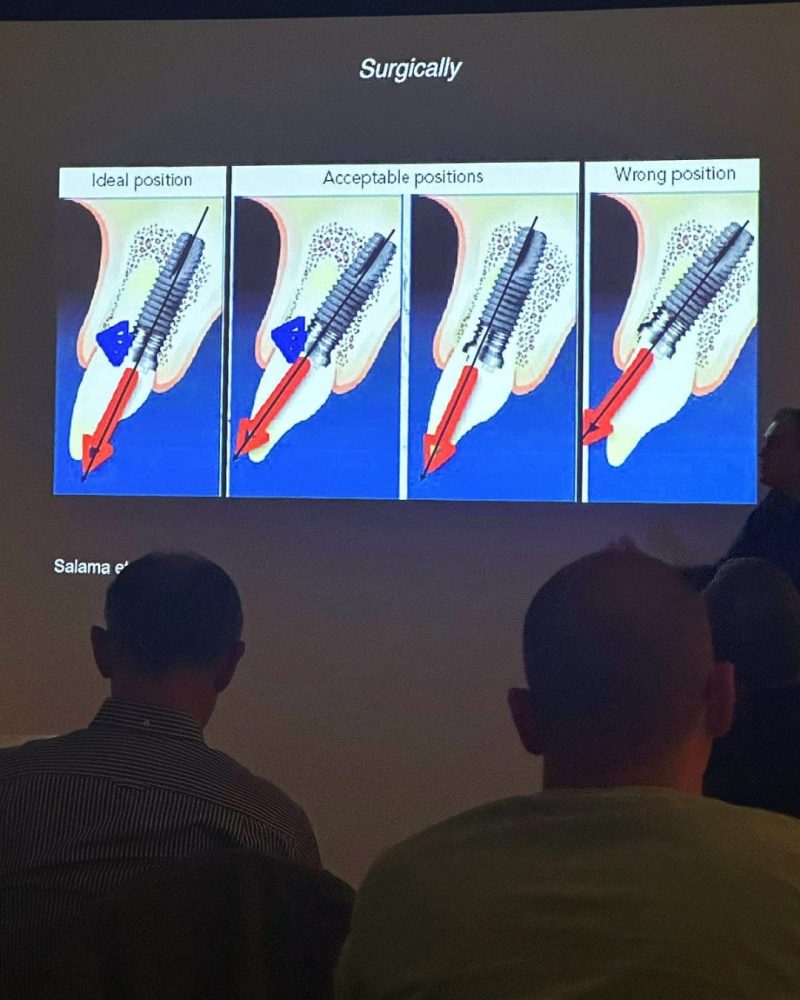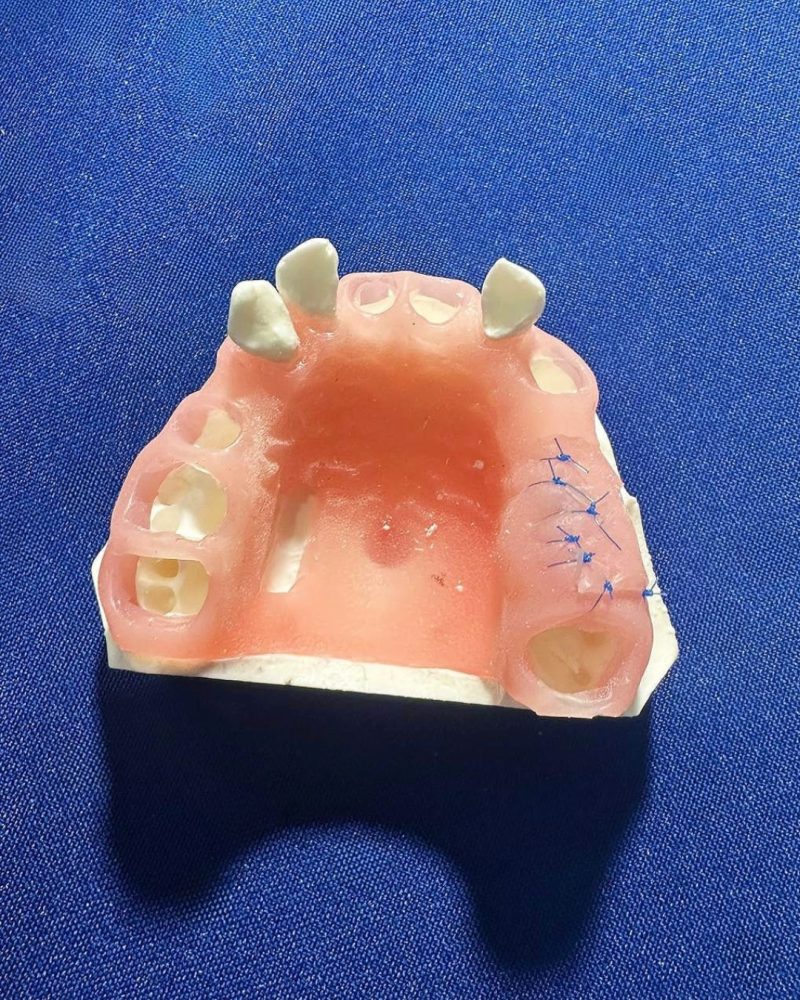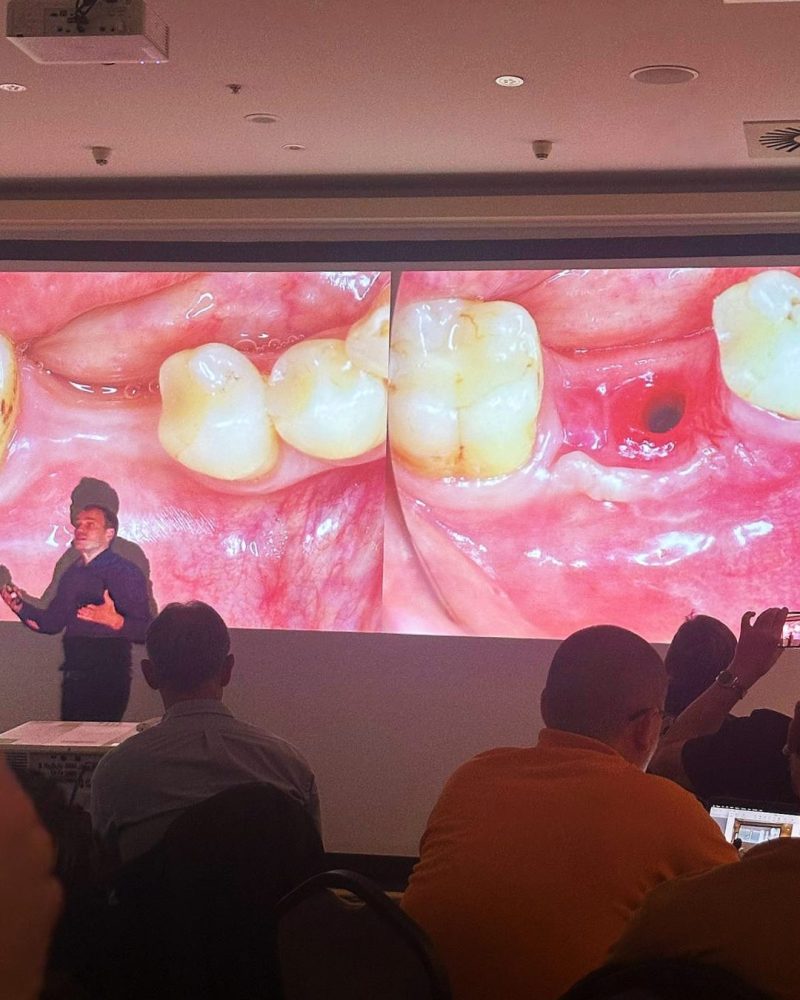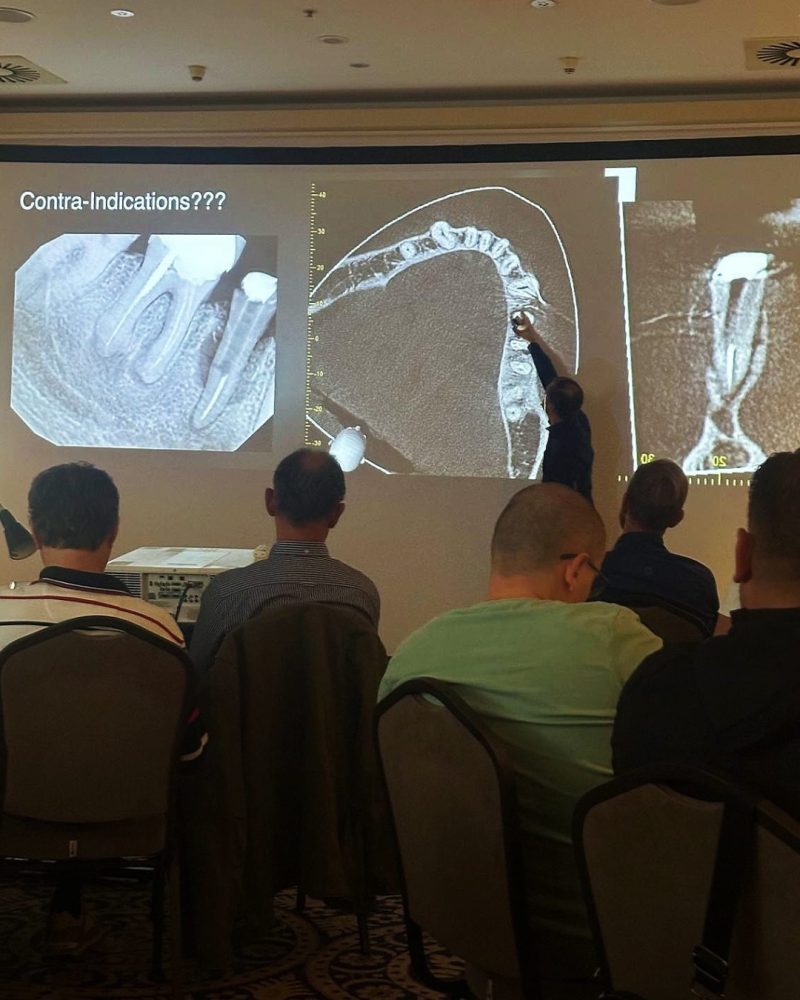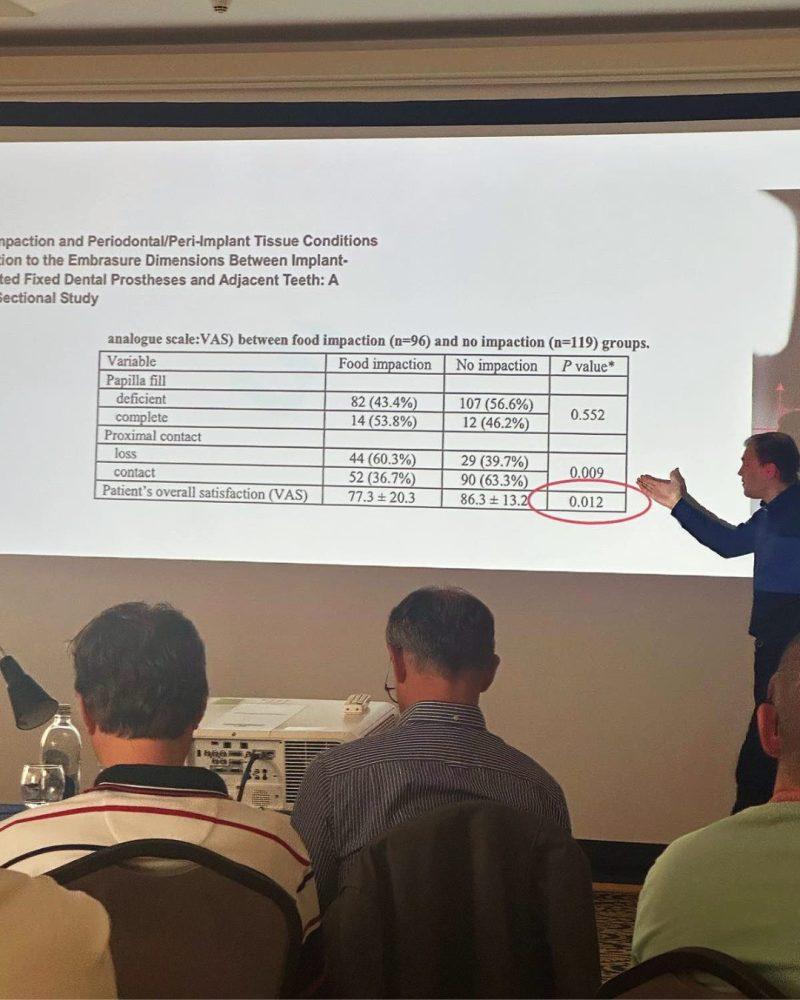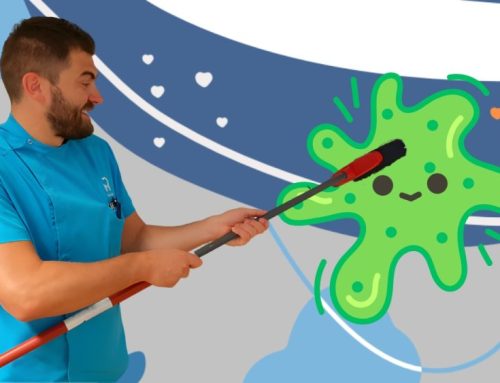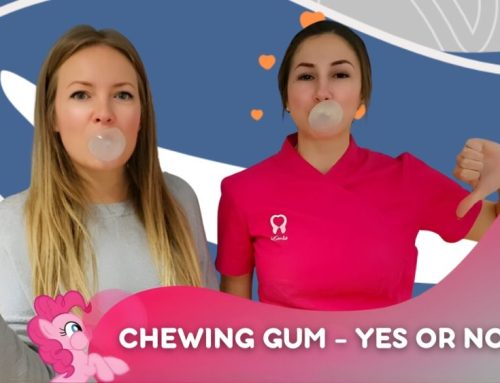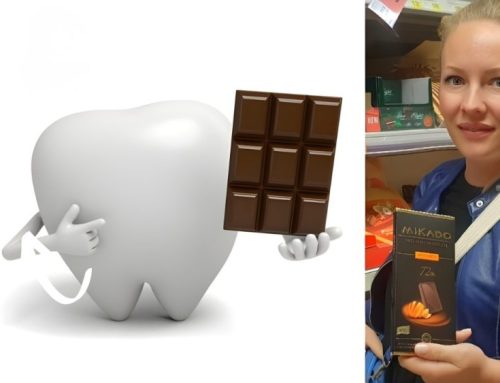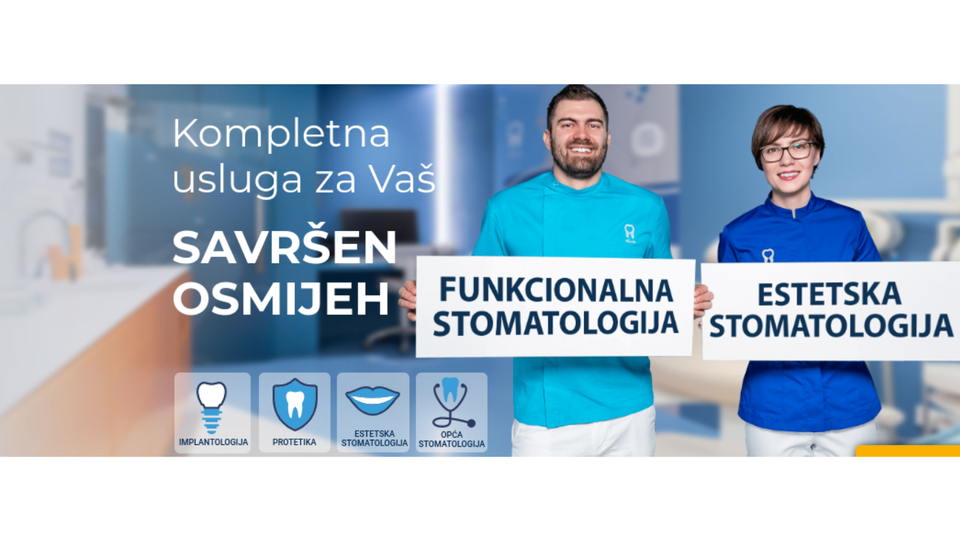Zero Bone Loss Concepts: A new standard in implantology
Univ. Mag. Ivan Antolković, DMD, participated in a training course in Lithuania and successfully obtained certification in the application of the Zero Bone Loss Concept developed by Prof. Dr. Tomas Linkevičius, one of the world’s leading experts in dental implantology.
This innovative scientific and clinical principle pushes the boundaries of dental implant placement: its goal is the long-term preservation of bone and soft tissues around implants, achieving ideal stability without bone loss.

What is the Zero Bone Loss Concept?
It is a philosophy and clinical protocol based on a combination of proven science and extensive clinical experience. Traditionally, it was believed that some amount of bone loss after implant placement was inevitable. However, the Zero Bone Loss Concept proves that this is not necessarily the case: with proper surgical and prosthetic techniques, long-term stability can be achieved without bone resorption.
Key principles of the Zero Bone Loss protocol
- Soft tissue thickness
For stability, it is crucial to have at least 3 mm of vertical gingival thickness. Thin mucosa is more prone to resorption, so augmentation is performed when necessary. - Implant placement depth
Implants are not placed at the same depth in every case: depending on the design, they can be supracrestal, crestal, or subcrestal. A subcrestal position often has advantages but only when other conditions are met (e.g., stable implant-abutment connection, adequate tissue thickness). - Soft tissue management
If the tissue is thin, thickening techniques are used-such as grafts, bone contouring, or the so-called tent-pole method. This creates a more biologically favorable environment for the implant. - Implant-abutment connection
The stability of the microscopic connection between the implant and abutment is crucial for preventing inflammation and bone loss. Implants with a polished neck zone and a high-quality platform switching design are preferred. - Prosthetic protocol
Whenever possible, screw-retained restorations are recommended to avoid the risk of residual cement. In cemented prosthetic works, it is essential to precisely control the depth of the margin and use biocompatible materials (e.g., polished zirconia). - Surgical techniques
The Zero Bone Loss Concept requires precision “from the very beginning”: good primary stability, correct implant selection, and proper positioning. In certain cases, bone contouring is also performed to optimize soft tissue distribution.
Benefits for patients
- Long-term implant stability without bone resorption
- More natural aesthetic results due to preservation of soft tissue
- Reduced risk of complications such as peri-implantitis
- Improved functionality and durability of the prosthetic restoration
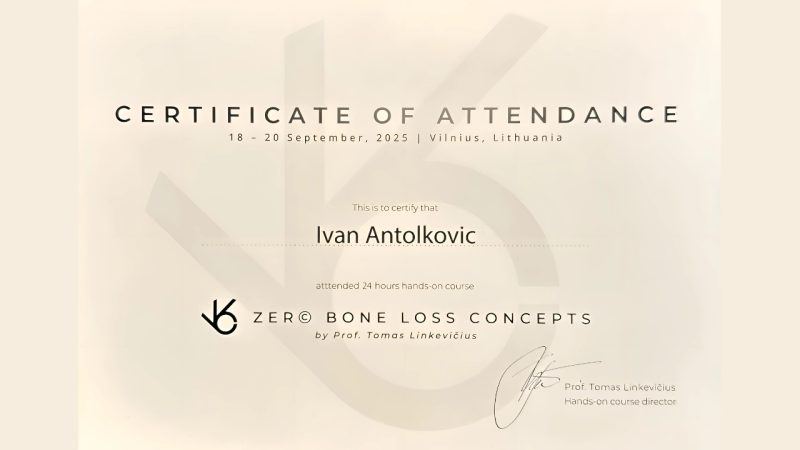
By participating in Prof. Dr. Tomas Linkevičius’s training, Dr. Ivan Antolković and Dental Center 4Smile further strengthen their expertise in implantology and bring the latest global standards to Croatia.
Our goal remains the same: to provide patients with solutions that are not only aesthetically perfect but also long-term stable, safe, and reliable.
If you are considering dental implants and want to ensure that you are investing in a lasting solution, contact us with confidence.
Call us or book an appointment online.
